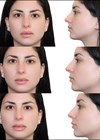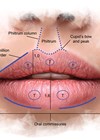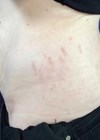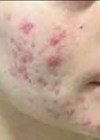Lips play a significant role in our facial aesthetics and are often considered a focal point of beauty and sensuality [1,2]. Over time, factors like ageing, sun exposure, and lifestyle choices can effect the appearance and condition of our lips. Ageing is commonly associated with perioral fine lines, marionette lines, and flattening of the Cupid’s bow.
The philtrum becomes longer, indirectly contributing to a vermilion involution and thinner upper lip [3]. Ageing processes are also associated with a prominent decrease in hyaluronic acid and collagenous fibres in the dermis, and a decrease of muscle fibre in the vermilion [4].
Advances in aesthetic procedures have introduced innovative non-surgical lip rejuvenation treatments with lasers which work by stimulating collagen production within the lip tissue. Laser treatment is non-invasive and is not associated with the undesired complications of injectables [5]. In addition, lasers can reduce hyperpigmentation [6]. Therefore, dark spots or uneven pigmentation on the lips may also be addressed with laser treatment [7].
The Nordlys multi-application platform by Candela® incorporates Selective Waveband Technology (SWT®), narrowband IPL applicators, non-ablative fractional laser NAFL applicators (1550nm and 1940nm), and a Nd:YAG laser. The 1550nm NAFL applicator is designed for deep tissue resurfacing treatment. The 1550nm wavelength can penetrate the skin tissue with depths up to 800μm, creating an array of thermal coagulation zones in the deep dermis. Therefore, treatment initiates a tissue wound healing response, which results in the production of collagen [7].
Case report
A 52-year-old woman visited my clinic with concerns regarding the appearance of her lips. Over the years, she had noticed the development of fine lines and wrinkles on her lips, making them appear less plump and less youthful. She also had some uneven pigmentation on her right upper lip and noticed some wrinkles around her lips. She expressed her desire to rejuvenate her lips and restore a more youthful appearance.
The patient declined injections, stating that she would prefer laser treatment instead. After clinical examination, it was evident that she had moderate signs of ageing, with visible fine lines and a loss of volume in her lips along with the presence of hyperpigmentation, particularly on the upper right lip. It was decided that optimal treatment was likely to be achieved using the 1550nm laser because it addresses deeper skin resurfacing needs with short downtime and minimal side-effects.
The patient underwent three treatments at one month apart. Based on the lip colour, the laser parameters were selected as: two passes with 25% coverage, energy ranging between 34–36mJ, 750–770µm (tissue depth), 2.7ms pulse duration and 4mm scan width. Her perioral area was also treated using the following treatment parameters: four passes with 25% coverage, energy ranging between 37–39mJ, 770–780µm (tissue depth), 2.7ms pulse duration and 10mm scan width. One hour before each procedure, a topical numbing cream (EMLA) was applied to ensure patient comfort during the treatment. Each treatment lasted only a few minutes and treatment was associated with a mild warming sensation and minimal discomfort. Post-treatment care included the use of soothing lip balms and avoiding exposure to direct sunlight. The patient experienced temporary redness and mild swelling on her lips for around three days after her treatment. Three months after the third treatment, the subject returned for a follow-up appointment.
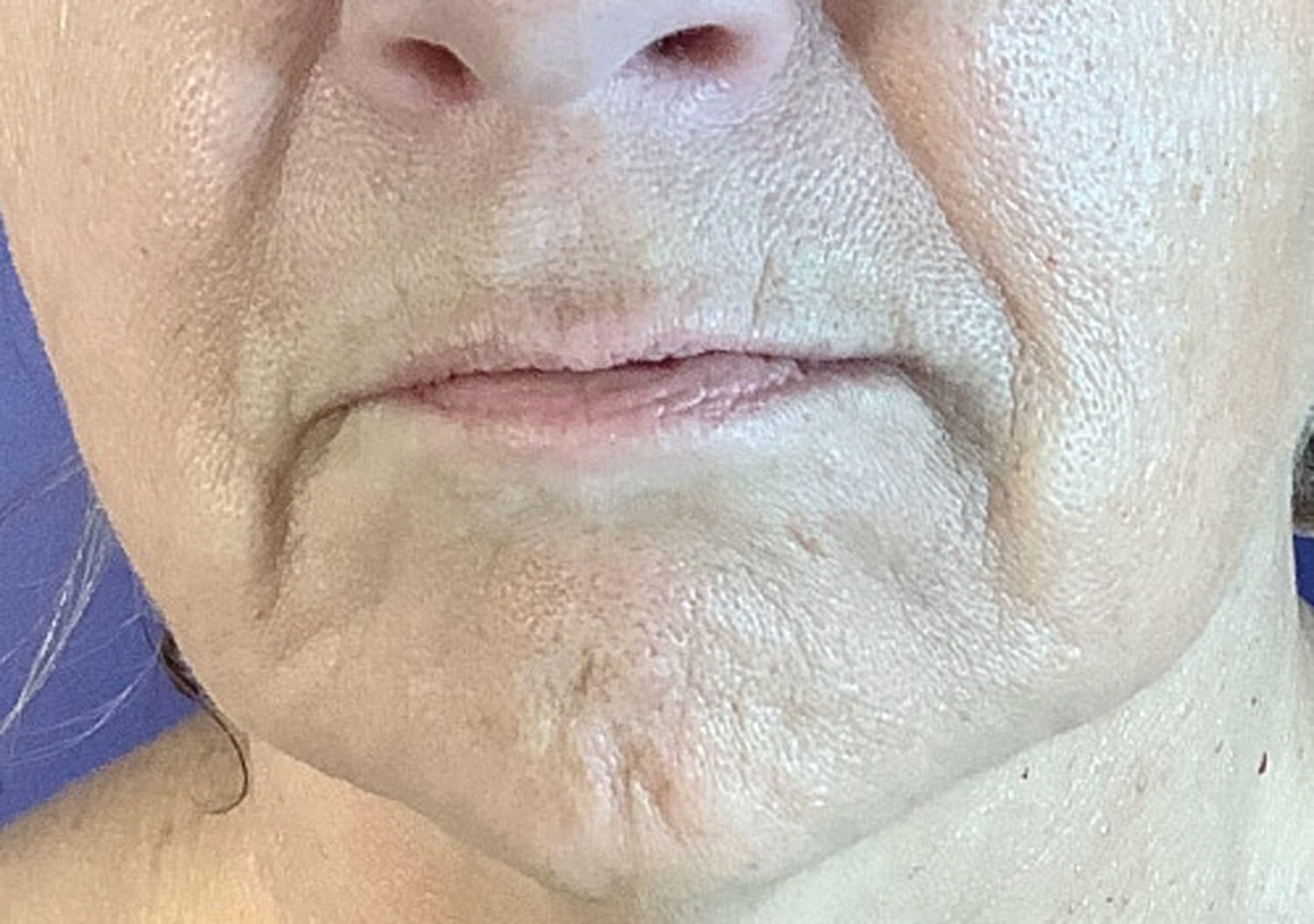
Before treatment.
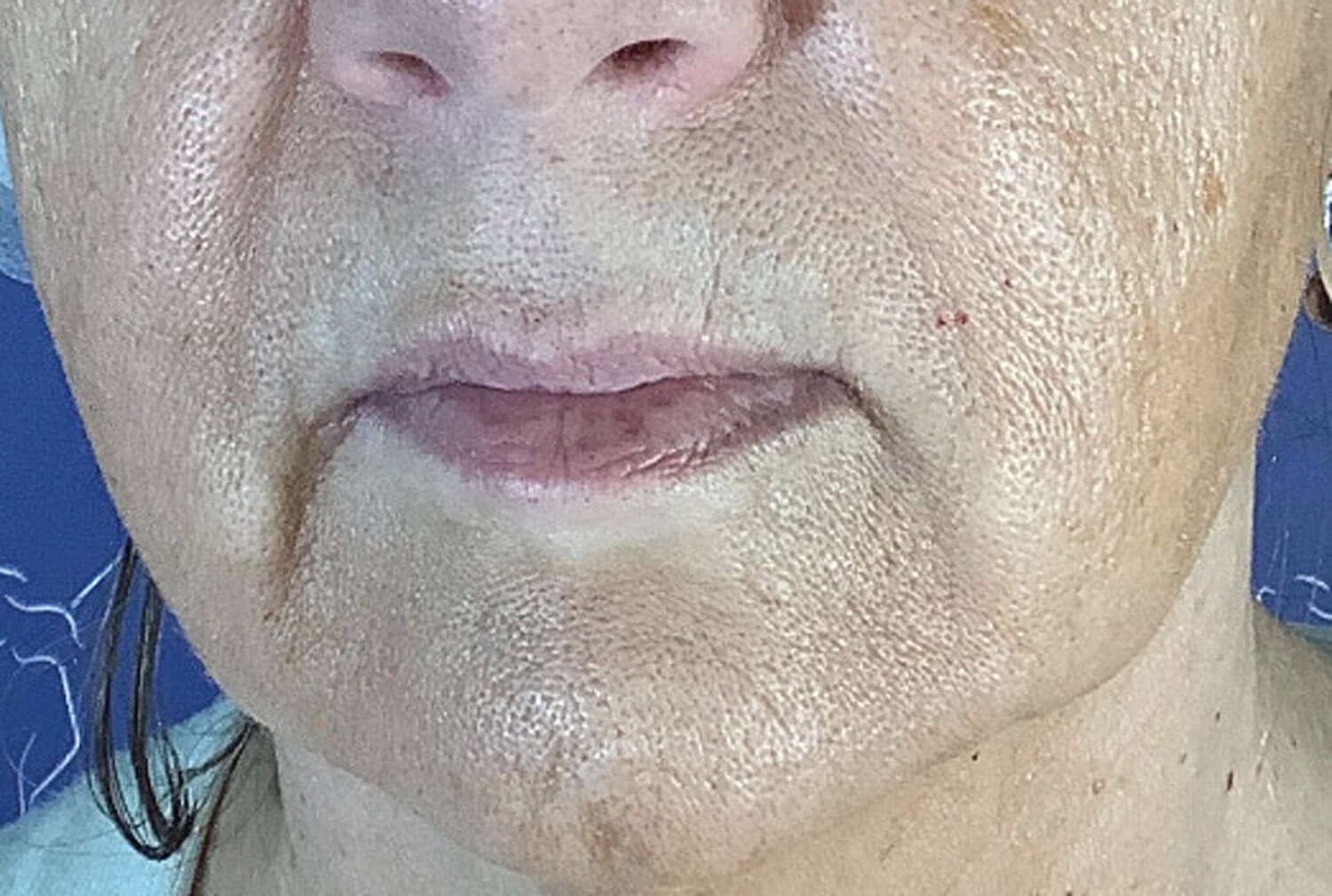
After one treatment.
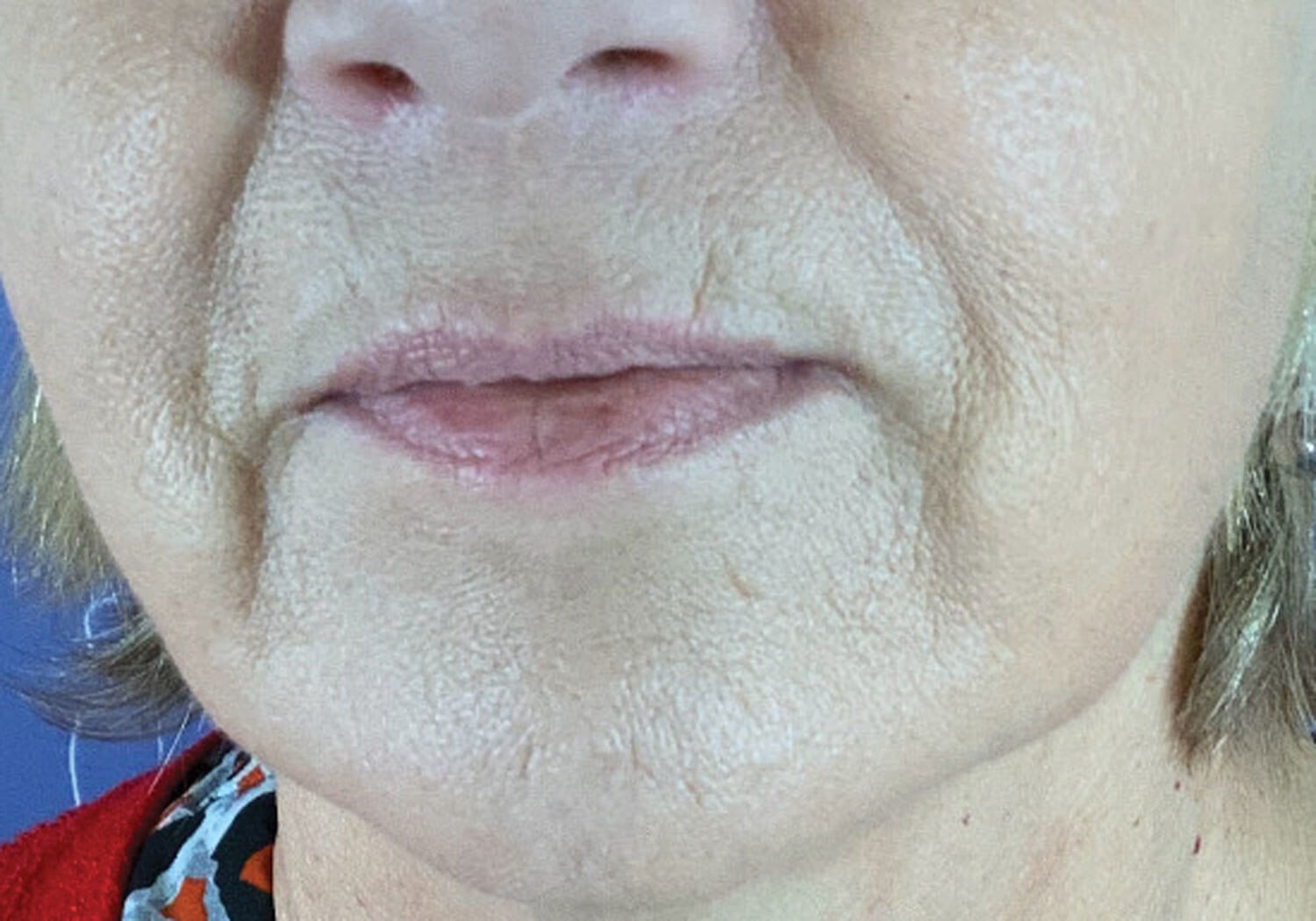
After three treatments.
After treatment the patient noted that her lips appeared fuller and more attractive. The hyperpigmentation on her upper right lip had also improved, resulting in a more even and balanced lip colour. The patient also experienced noticeable improvements in perioral wrinkles or ‘smoker’s lines’ and the marionette lines that had given her a sad appearance. She expressed her satisfaction with the results and her increased self-confidence.
Conclusion
In this case, resurfacing treatment with the non-ablative fractional 1550nm laser improved lip structure and texture irregularities. An additional observation post treatment was improvement in the tone and appearance of hyperpigmentation of the surrounding skin. The treatment enhanced the appearance of her lips and perioral region, and also contributed to overall self-confidence and satisfaction. The procedure itself is relatively quick, with no downtime and only temporary side-effects. Following the procedure, it is common to experience some temporary redness, swelling, or mild bruising, which typically resolves within a few days. It is important to follow the post-treatment care instructions provided by the laser specialist to ensure optimal results and minimise any potential side-effects. The results of lip and perioral rejuvenation with the 1550nm laser treatment are gradual and improve over time as collagen production increases. Depending on the desired outcome, multiple treatment sessions may be recommended for optimal results. In my practice experience, the effects of the treatment can last for several months to a year, and periodic touch-up sessions can help maintain the rejuvenated appearance of lips and perioral skin.
References
1. Wu SQ, Pan BL, An Y, et al. Lip morphology and aesthetics: study review and prospects in plastic surgery. Aesthetic Plast Surg 2019;43(3):637–43.
2. Hashim PW, Nia JK, Taliercio M, Goldenberg G. Ideals of facial beauty. Cutis 2017;100(4):222–4.
3. Lévêque JL, Goubanova E. Influence of age on the lips and perioral skin. Dermatology 2004;208(4):307–13.
4. Gomi T, Imamura T. Comprehensive histological investigation of age-related changes in dermal extracellular matrix and muscle fibers in the upper lip vermilion. Int J Cosmet Sci 2020;42(4):359–68.
5. Kroumpouzos G, Harris S, Bhargava S, Wortsman X. Complications of fillers in the lips and perioral area: prevention, assessment, and management focusing on ultrasound guidance. J Plast Reconstr Aesthet Surg 2023;84:656–69.
6. Gaffey MM, Johnson AB. Laser treatment of pigmented lesions [Updated 2022 Jul 25]. StatPearls [Internet] Treasure Island (FL), USA; StatPearls Publishing: 2023.
7. Tidwell WJ, Green C, Jensen D, Ross EV. Clinical evaluation and in-vivo analysis of the performance of a fractional infrared 1550nm laser system for skin rejuvenation. J Cosmet Laser Ther 2018;20:360–3.
Declaration of competing interests: None declared.
COMMENTS ARE WELCOME




